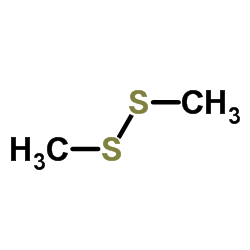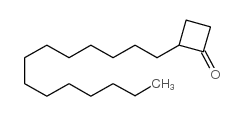| 结构式 | 名称/CAS号 | 全部文献 |
|---|---|---|
 |
二甲基二硫醚
CAS:624-92-0 |
|
 |
2-十四基环丁烷酮
CAS:35493-47-1 |
| 结构式 | 名称/CAS号 | 全部文献 |
|---|---|---|
 |
二甲基二硫醚
CAS:624-92-0 |
|
 |
2-十四基环丁烷酮
CAS:35493-47-1 |